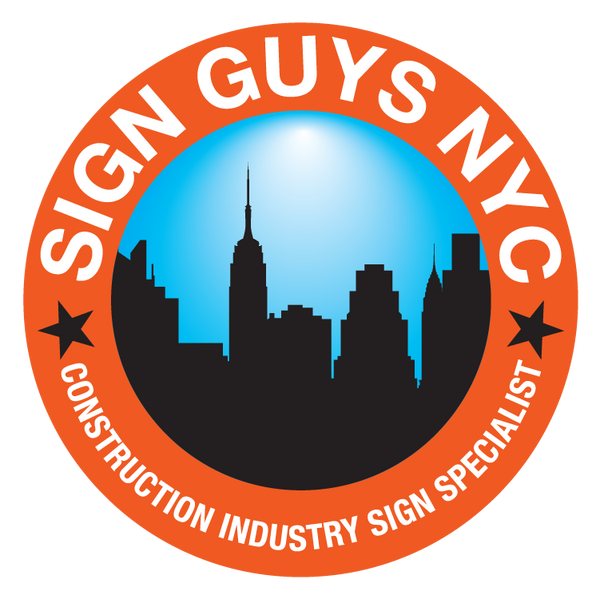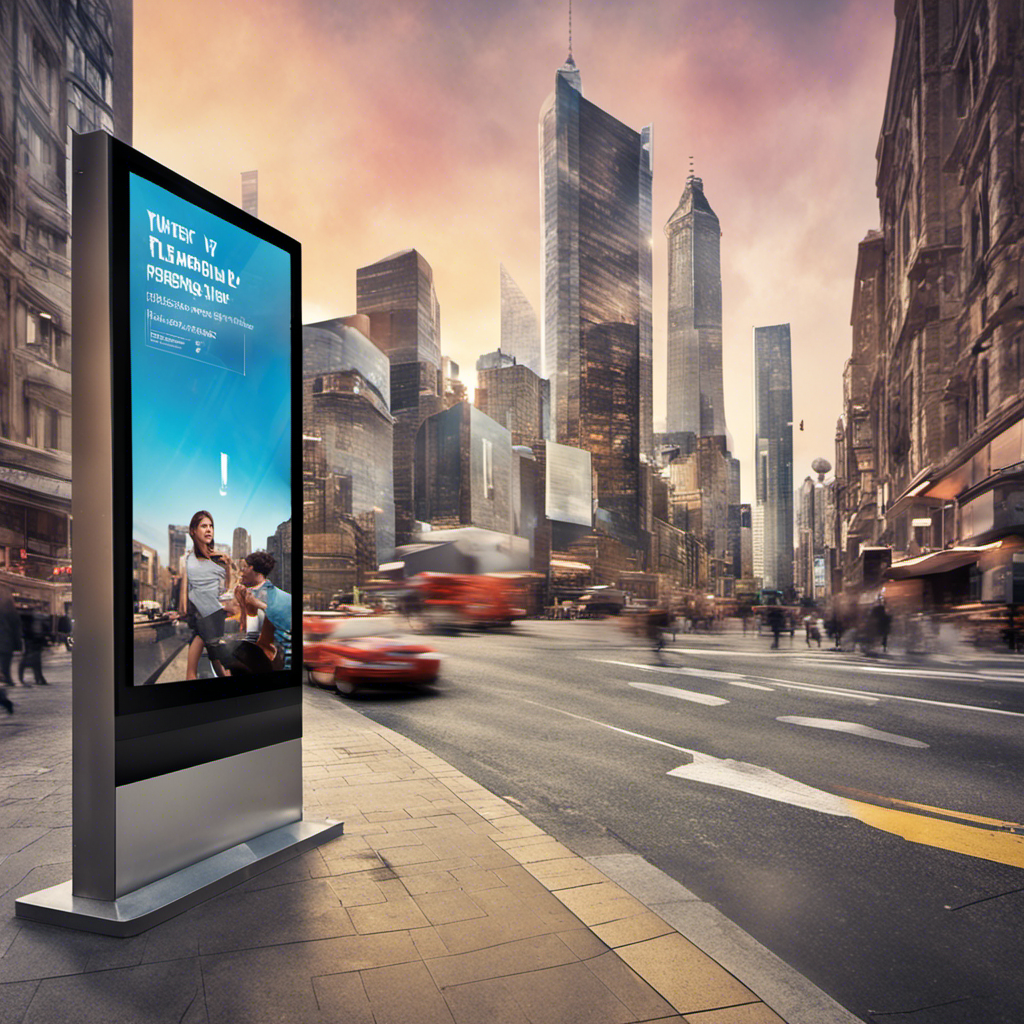In today's fast-paced, tech-driven world, digital signage has become an essential tool for commercial offices and restaurants. With its ability to capture attention, deliver dynamic content, and create immersive experiences, digital signage has proven effective in enhancing customer experiences and boosting business growth. This comprehensive guide will outline the benefits of digital signage and provide practical tips for implementing it in commercial office spaces and restaurants.
Benefits of Digital Signage
- Captivating Visual Appeal: Digital signage allows businesses to display vibrant, engaging content that grabs attention and creates a memorable first impression.
- Flexibility and Versatility: Unlike static signs, digital signage enables real-time updates, making it easy to deliver relevant information, promotional offers, and updates.
- Enhancing Customer Experiences: In an office waiting area or a restaurant reception, digital signage can entertain, inform, and guide customers, making their visit more enjoyable.
- Cost-Effective Advertising: Digital signage eliminates the need for printing and distributing traditional promotional materials, saving time and money in the long run.
Implementing Digital Signage in Commercial Offices
- Identify Goals and Objectives: Before implementing digital signage, clearly define your goals, whether it's to improve communication, increase brand visibility, or enhance customer experiences.
- Select Suitable Locations: Determine high-traffic areas where digital signs are most likely to capture attention and engage audiences, such as reception areas, conference rooms, or employee break rooms.
- Choose the Right Display: Consider factors such as screen size, resolution, and aspect ratio to ensure the digital signs are visually appealing and legible from various distances. LED displays are popular choices for their brightness and clarity.
- Craft Engaging Content: Develop eye-catching visuals, dynamic videos, and interactive content that align with your brand identity and convey your message effectively.
- Software and Content Management: Invest in user-friendly software for easy content creation, scheduling, and updates. Centralized management systems ensure a consistent and seamless display across multiple screens.
- Analytics and Feedback: Utilize analytics tools to track the effectiveness of your digital signage campaigns. Collect feedback from employees or customers to refine your strategies and improve user experiences.
Implementing Digital Signage in Restaurants
- Menu Boards and Specials: Showcase menu items, pricing, and daily specials on visually appealing digital menu boards. Regularly update them to adapt to changing menus or promotions.
- Waiting Area Engagement: Incorporate digital signage that entertains and informs guests waiting for their table, showcasing upcoming events, social media feeds, or interesting facts about the restaurant.
- Interactive Displays: Create interactive experiences, such as touch-screen displays or ordering kiosks, allowing customers to explore menu options, customize their orders, or place reservations.
- Digital Signage for Branding: Extend your restaurant's branding through customized digital signage. Incorporate your logo, color scheme, and unique style to build brand recognition and create a cohesive visual experience.
- Entertainment and Ambience: Enhance the dining experience by playing engaging content, such as videos, slideshows, or live feeds, on digital screens strategically placed throughout the dining area.
Conclusion
Digital signage offers endless possibilities for commercial offices and restaurants to enhance customer experiences, increase engagement, and drive business growth. Following the tips outlined in this guide, businesses can leverage this powerful tool to captivate and inform audiences, strengthen brand identity, and create immersive environments that leave a lasting impression. Embrace today's digital revolution and elevate your office or restaurant.

